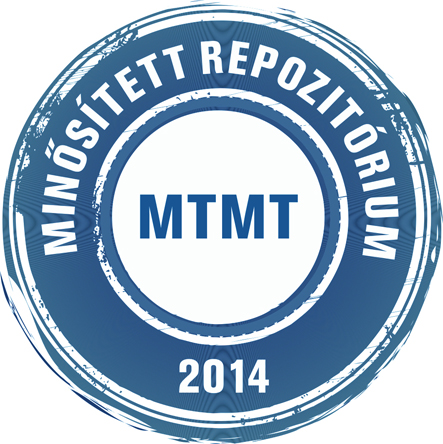Nazrullaeva Eugenia: Direct investment and costs of production : empirical results of modelling costs structure applied to Russian industry in 2005-2009.
Előnézet |
Cikk, tanulmány, mű
proceedings_of_the_challenges_for_analysis_0249-0270.pdf Letöltés (248kB) | Előnézet |
Absztrakt (kivonat)
In the applied theory of exogenous or endogenous economic growth it is usually assumed that investment leads to capital accumulation with no influence on technological progress. On the other hand, at the firm level investment is aimed at developing innovative technologies (process innovations) which lower firms’ production costs per unit of output. However, when a firm decides to make an investment it may consider other reasons besides improving production process. Firms may also invest in expanding the range of goods produced, i.e. invest in product innovations associated with the extensive growth. The question arises: do investments matter? In our study we analyze a relationship between investment processes and the dynamics of production costs. We discuss the influence of different types of investment, including fixed investment, R&D investment, and foreign direct investment, on the structure of production costs (costs of raw materials, wages, etc.). The aim we pursued was to find out whether higher investments lower costs of production per unit of output controlling for the dynamics of relative prices. If our hypothesis of investment significance for production process and technological progress is not rejected, it means investments are efficient. We base our study on the official statistics on seventeen key industries in Russian mining and manufacturing sectors, electricity, gas, and water supply sector. The data is taken from the Federal State Statistics Service (Rosstat), and it covers the period from 1st quarter of 2005 to 3rd quarter of 2009. Until 2005 Russian industrial statistics was based on the OKONKh industrial classification. Starting from 2005 the OKVED classification (harmonized with NACE European Classification of economic activities) has been introduced. Unfortunately, the continuity of official industrial statistics failed after 2004. Econometric modelling encounters serious limitations due to the small sample problem. Our previous empirical results suggest that there is the statistically significant relationship in several manufacturing industries. To verify our hypothesis of investment efficiency we assume that the long-run equilibrium found in 1995–2004 remains after 2005, as it takes time to develop and use innovative technologies which lower production costs. We test for cointegration between costs per ruble of output and investment, taking into account the possibility of structural breaks in the data which covers the beginning of the current crisis. Our results suggest that the effect of investment on costs varies across the industries, and the overall efficiency of investment can be seriously questioned. No investment efficiency found in mining sector of energy producing materials which accounts for nearly half of total investment in Russian industry.
| Mű típusa: | Konferencia vagy workshop anyag |
|---|---|
| Befoglaló folyóirat/kiadvány címe: | Proceedings of the Challenges for Analysis of the Economy, the Businesses, and Social Progress : International Scientific Conference Szeged, November 19-21, 2009 |
| Dátum: | 2010 |
| ISBN: | 978-963-06-9558-9 |
| Oldalak: | pp. 249-270 |
| Befoglaló mű URL: | http://acta.bibl.u-szeged.hu/57418/ |
| Kulcsszavak: | Gazdasági élet - Oroszország - 21. sz. |
| Megjegyzések: | Bibliogr.: p. 269-270. ; összefoglalás angol nyelven |
| Feltöltés dátuma: | 2019. ápr. 24. 12:08 |
| Utolsó módosítás: | 2022. nov. 08. 13:09 |
| URI: | http://acta.bibl.u-szeged.hu/id/eprint/57804 |
 |
Tétel nézet |



